Growing onions in a plastic bottle

Each household has a set of products that must be at hand while cooking, among them - green onions. Sometimes you don't want to take purchased ones, in winter, greens are expensive, and you can't find beds in urban conditions. Then ingenuity, a plastic bottle and a windowsill come to the rescue. This process is not as laborious as it seems at first glance, everyone can do it.
Advantages and disadvantages
If there is no summer cottage and garden beds, then the only way out is to plant onions in a plastic bottle on the windowsill. The advantage of this growing method: the ability to plant your favorite and healthy vegetable anywhere, even in the smallest apartment. In addition, even a novice gardener can plant onions, and he is guaranteed to get a harvest. Plastic bottle design is ergonomic, simple, economical. The bottle itself, unlike pots, trays and other analogs, takes up much less space.
Onions grown under these conditions are cheap and no longer need to be purchased at the store. It is very easy to harvest, the bulb is less sick, since it gets a lot of air and light.
The disadvantages of this method include a long preparation process and contamination of the window sill, since the earth from the holes will often spill out.
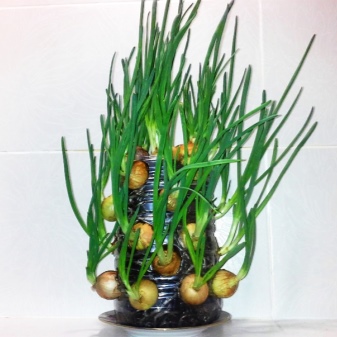
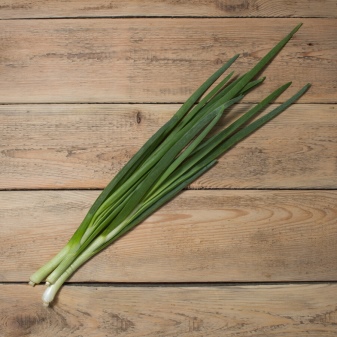
Preparing for landing
Capacity
To make an onion bed, you will need a large five-liter plastic bottle available in every store. The bottle should only be bought with drinking water, since any other liquid leaves an odor, which will negatively affect the growth and taste of the onion. Bottles of engine oil, gasoline and other chemical products not intended for drinking are strictly prohibited. The container itself can be used both vertically and horizontally, but experienced gardeners are advised to put it vertically, since you need a strong bottom and plenty of space and feather sprouting.
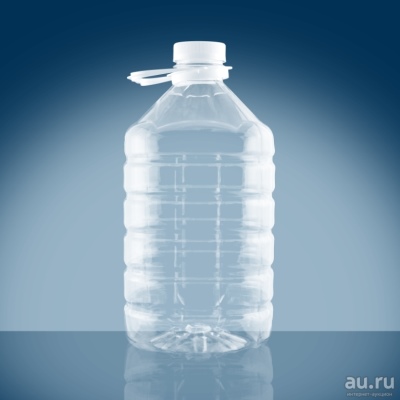
Priming
Growing onions is a very simple, uncomplicated process. As a soil, soil is required, loose and crumbly, which can be purchased in every flower, hardware store or even a supermarket. The land brought from the beds will have to be cleaned with potassium permanganate or ignited in a fire. You can also purchase a nutrient soil that already contains all the beneficial trace elements. In an extreme case, some gardeners first use sawdust, coconut flakes, crushed foam rubber and paper, the latter option is not very good, since fungal infections that affect onions are rapidly growing in such material.
Such a product should not be eaten under any circumstances.

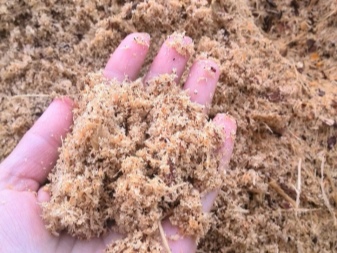
Planting material
You need to prepare all the materials in advance, so that later you will not be distracted every time if something is missing. You need a plastic bottle, a small onion (Rostovsky local, Bessonovsky local, sevok), earth, drainage, scissors, a bottle tray, a knife and a soldering iron, which is needed in order to cut holes without applying force. Then the holes are smooth and neat. If there is no soldering iron at home, then you can use an ordinary thick nail. Squeezing it with pliers, you need to heat the nail on the gas stove. Only the holes need to be burned strictly with an open window or in the open air, since the plastic is poisonous, you can simply suffocate.
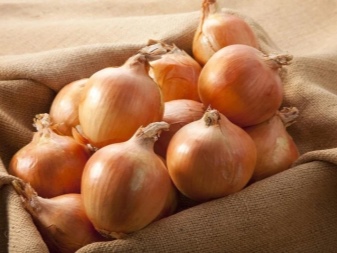
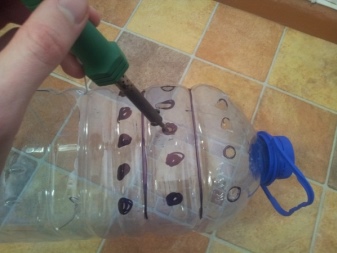
How to plant correctly?
It is even easier to plant a plant at home than in a summer cottage.... First you need to prepare the bulbs themselves. You should not plant onions in winter and late autumn, as there is a very short daylight hours at this time. If you really want to plant in winter, then it is better to give preference to varieties that are used to low light levels.
Before planting, each bulb should be carefully inspected to ensure that it does not show signs of rot and damage. The fruits should be medium-sized, from two to four centimeters in diameter, always round, dense to the touch, with shiny scales, the bottom should not be stiff, the bottom should be root hairs.
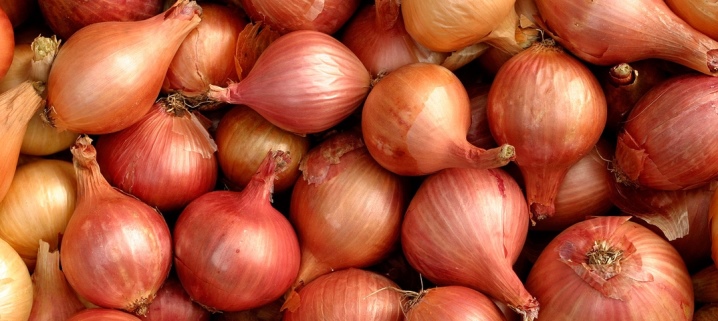
Then the bulbs must be soaked for 15-20 minutes in warm water, so the moisture will promote the early awakening of the dried roots, then they must be rinsed and moved into ice water. After all the actions, the onion must be dried, cut the upper part along the root bottom by no more than a centimeter, if the bulb is without sprouts. This will promote the rapid germination of green feathers and protect the fruit from disease.
The bottle must first be thoroughly rinsed with distilled water, then it should be rinsed with a very weak solution of potassium permanganate, this will prevent the ingress of bacteria harmful to the vegetable (if there is no access to it, then you can skip this item or replace the potassium permanganate with hydrogen peroxide).
When using peroxide, the solution should not be kept longer than 10 minutes, otherwise the root system will burn.
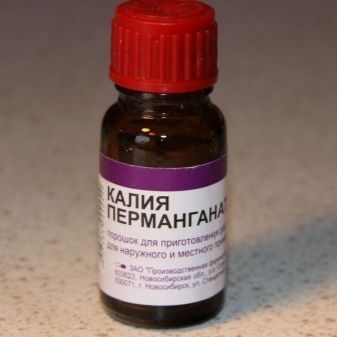
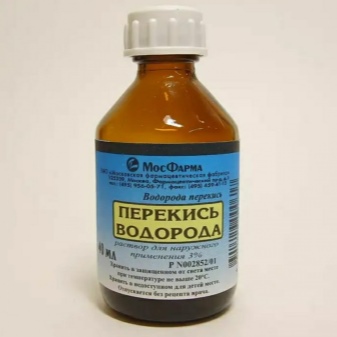
Then the upper part of the container is cut off, about 7-10 cm. You must first use a clerical knife, then scissors. Further, for convenience, you need to mark with a marker the future fusion points of the holes at a distance of 5 cm from each other. Then, with a soldering iron, they burn round holes with a diameter of 1.5 to 2 cm. There should be a lot of holes, otherwise the onion will not get enough space and lighting, which will make it sore, and may not even germinate.
Then you can proceed directly to planting. The bottom is occupied by a thick layer of expanded clay or finely chopped foam, it is carefully compacted, the first layer of earth is poured on top. Drainage is required, it will not allow moisture to stagnate, which improves plant growth. Onions are laid out on the ground in a circle. It is important to remember that the pre-cut end must protrude outward into the cut hole. The bulbs are sprinkled with earth, a new layer of vegetables is again laid out on top. The upper heads must be positioned horizontally, with the cut parts up. The earth on the last layer does not need to be covered very tightly, since during the growth of the bulbs the soil will be raised, it will begin to cover the windowsill. It is optimal to leave about 4 centimeters of the uncovered part.
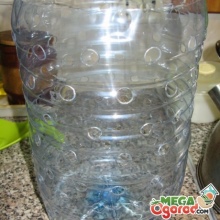
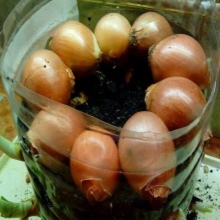
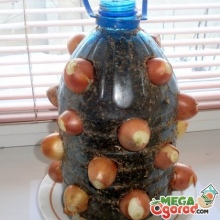
After planting, you need to water the plants with warm water, but you should not immediately put the bottle with the bulbs on the windowsill. It is better to hold the onion in a cool dark place for several days so that it intensively forms a strong root system. After a while, you can put it on the windowsill. The main thing is that the window faces the sunny side, since the vegetable needs a lot of heat and light... Do not forget about the container tray. After watering, you will need to pour out the liquid so that it does not contaminate the windowsill and floors.
Care
Onions are one of the most unpretentious vegetables, so growing them is not difficult. You just need to follow some simple rules. It is important that onions grow at temperatures between +20 and +22 degrees Celsius. If these conditions are not followed, the bulbs will be yellow and dry. To speed up the appearance of a feather, you can raise the temperature to +25 degrees, but you need to remember that at +30 degrees, growth will generally stop.
The plant requires high humidity, therefore, it is necessary to reduce the presence of heating devices around the sprouts.
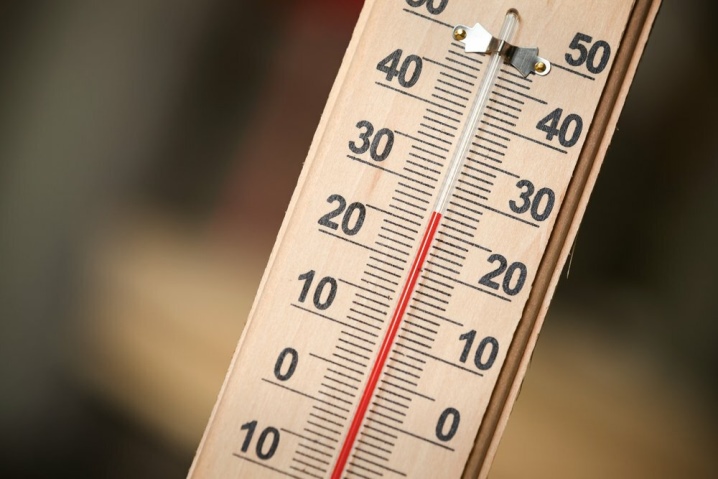
However, bulbs love light and may even need a lamp. The longer the lighting, the faster the result will appear. If this is not done, the color of the feather will be lighter, and it will be short in length. You can use a 13-diode lamp, the distance between the diodes is 10 centimeters, each 78.5 micromoles. All plants see light only in micromoles. If they try to sell to the owner in lumens or in suites, immediately stop communicating, because only the human eye sees light in lumens, and plants need two spectra: red and blue. The lamp power should be 9 watts. The cost varies in the amount of two thousand rubles.
You need to take care of the seedlings in exactly the same way as for indoor flowers, that is, water sparingly, as moisture evaporates, since its excess can cause root rot, and can also attract insects. The water should be boiled and settled. The regularity of watering the plant is important, morning watering is preferable, it is at this time that the onion absorbs more nutrients necessary for its development and affecting its taste and visual qualities.

Growing bulbs do not require fertilization; the soil and the plant itself contain a sufficient amount of nutrients and minerals. Top dressing is needed only if the owner took coconut chips or artificial material as soil.
If the bulbs grow in the kitchen, then the owners may face a small problem, especially those who like fried foods. The fact is that the plant very actively absorbs vapors, and then the vegetable is saturated with carcinogens, thereby making the product less environmentally friendly. Therefore, it is best to place the bottle of bulbs on another windowsill next to other houseplants.
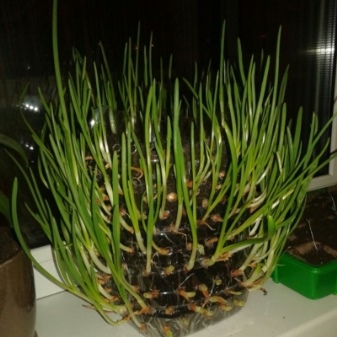
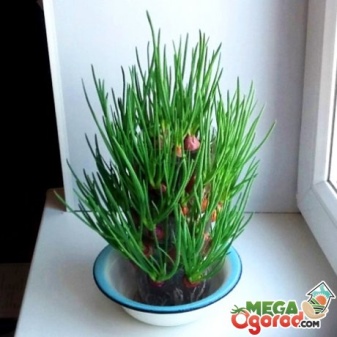
Cutting greens
The first crop emerges in two weeks or a little more from the moment the bulbs are planted in the bottle. Large onions give a richer harvest, smaller ones. You do not need to cut everything at once, no more than two or three feathers from each shoot. After a while, you can begin to collect all the shoots, it will even be useful for the bulbs. During collection, you need to look at the condition of the plant, whether it has turned yellow. It is important to follow all the rules for planting and caring for the plant, and then the harvest will be stable, the vegetables are tasty, and the owners will be provided with fresh herbs during the period of vitamin deficiency.
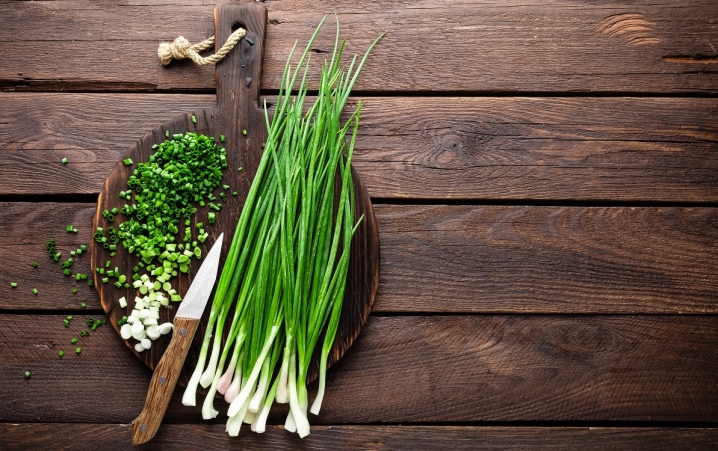













The comment was sent successfully.